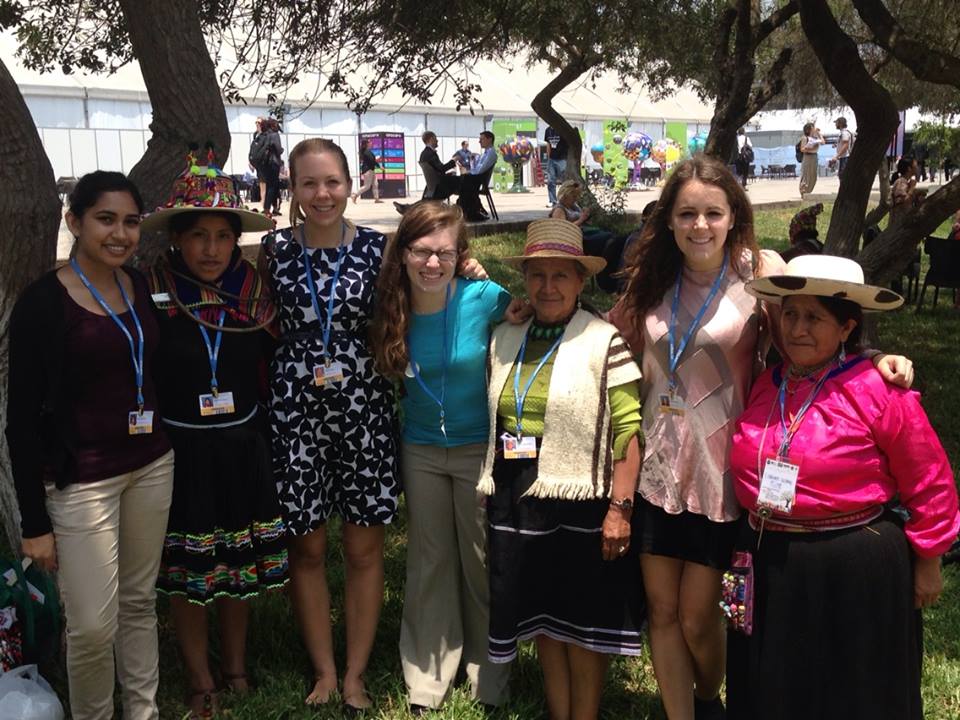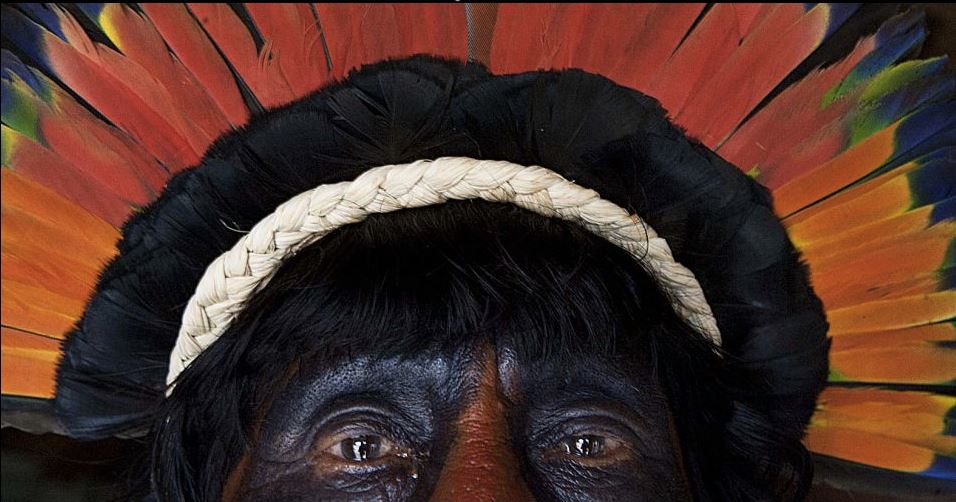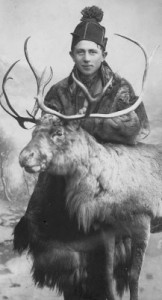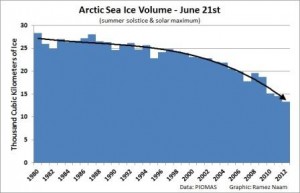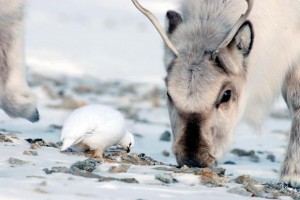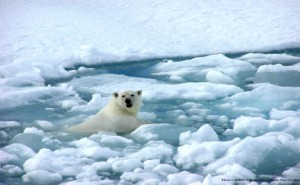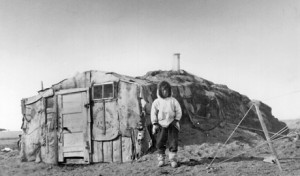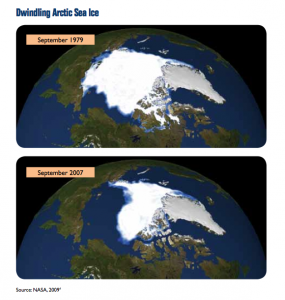International regimes function at a nation-state level in which geography and the divide of advanced vs. non-advanced states has intermittently led to limited global governance. An alternative approach to climate change governance is transnational networks for they are based on broad range of actors across boarders that act to address climate change issues (Bulkeley and Newell 2010). A transnational network that has been effective in advancing its objectives in governing climate change is the Coordinating Body of Indigenous Organizations of the Amazon River Basin (COICA 2014).
COICA’s objective is to protect the Amazon through the indigenous people’s involvement in the development of strategies to counteract the deterioration of their biosphere (Mato 2004). COICA’s alliance between Indigenous and global organizations called for: the protection of indigenous people’s social rights and territorial rights to the Amazon, the implementation of management and conservation programs and need for international assistance in the implementation process (COICA 2014). The COICA transnational network has been successful in climate change governance due to the utilization of transnational governance mechanisms: information-sharing, regulation and implementation and capacity building (Bulkeley and Newell 2010).
COICA’s establishment of set objectives advanced the network in climate change governance for it unified indigenous groups and global organizations that shared the common interest of protecting the Amazon. This information-sharing mechanism caused Indigenous groups from Brazil, Bolivia, Columbia, Ecuador, Peru, Venezuela, Surinam and Guyana and European Greens to create a formalized alliance in 1983 because of their shared agenda (Mato 2004). The Indigenous communities wanted to be involved in climate change governance to voice their concerns about the Amazon. Rather than 1000 indigenous groups expressing their concerns about climate change, COICA was implemented to create a collective identity of indigenous concerns. COICA’s effective voice advanced these objectives and it gave their concerns a unified voice that could easily be heard and shared (Mato 2004). This information-sharing mechanism resulted COICA’s ideas to spread and to gain affinity around the globe.
COICA’s regulation governance mechanism resulted in the continuous participation and the increase in membership in the network. There is no juristic level in transnational networks, meaning that none of the agreements are binding (Bulkeley and Newell 2010). However, COICA’s standards and benefits from the group dynamitic were able to maintain members from around the globe to participate in COICA. According to theredddesk.org, the regulation governance of COICA is effective for it is able to keep thousands of indigenous communities existing in 9 countries involved in the alliance. This broad scope of people’s needs are consistent with COICA’s standards, consisting of: social movements, human rights institutions and climate negotiations. The successful regulation mechanism has led to members of COICA to consist of voluntary public and private actors.
From the involvement of private and public actors, the implementation+ capacity-building mechanism allowed for diverse expertise in advancing COICA’s objectives. The Indigenous people’s role was to generate the public’s interest and attention about the deterioration of the Amazon through information-sharing mechanism (Mato 2004). Whereas, the public actors were to be aware of the indigenous people’s rights in decision-making and speak on their behalf (Mato 2004). For example, COICA and AIDSEP got the Peruvian government to agree to “facilitate indigenous people’s participation in COP20”. According to International Work Group of Indigenous Affairs, an indigenous preparatory conference between the COICA and the Peruvian government will take place November 28th– 30th. Due to utilization of different governance resources COICA was able to generate change in the governance negotiations. Although REDD+ is not actually supported by COICA, the fact that an agreement exists indicates that the idea of preserving the amazon had infiltrated climate change negotiations. Instead of REDD+, COICA has created the Indigenous REDD+ Alternative, which is directed towards the preservation of indigenous territories and the incorporation of forest services. The implementation and capacity-building mechanism has led to large advancements in the front against the amazon’s deterioration.
Compared to International Regimes, transnational networks play and have played a distinctive role in governing climate change. COICA’s involvement with indigenous groups and global agents promoted the advancement of its objectives towards protecting the amazon and its indigenous inhabitants. The role in which information-sharing, regulation and implementation and building-capacity mechanisms have contributed to the success of COICA in climate governance is clearly evident.
Sources
“Coordination of Indigenous Organisations of the Amazon Basin (COICA).” The REDD Desk. Global Canopy, 24 Mar. 2014. Web. 1 Oct. 2014.
Mato, Daniel. “Transnational networks of global and local production of representations of ideas of civil society actors.” Policy citizenship and civil society in times of globalization (2004): 67-93.
“UNFCCC: The Road towards COP 20 in Lima.” International Work Group for Indigenous Affairs (IWGIA). IWGIA, 26 June 2014. Web. 1 Oct. 2014.
Bulkeley, Harriet, and Peter Newell. Governing Climate Change. London: Routledge, 2010. Print.

